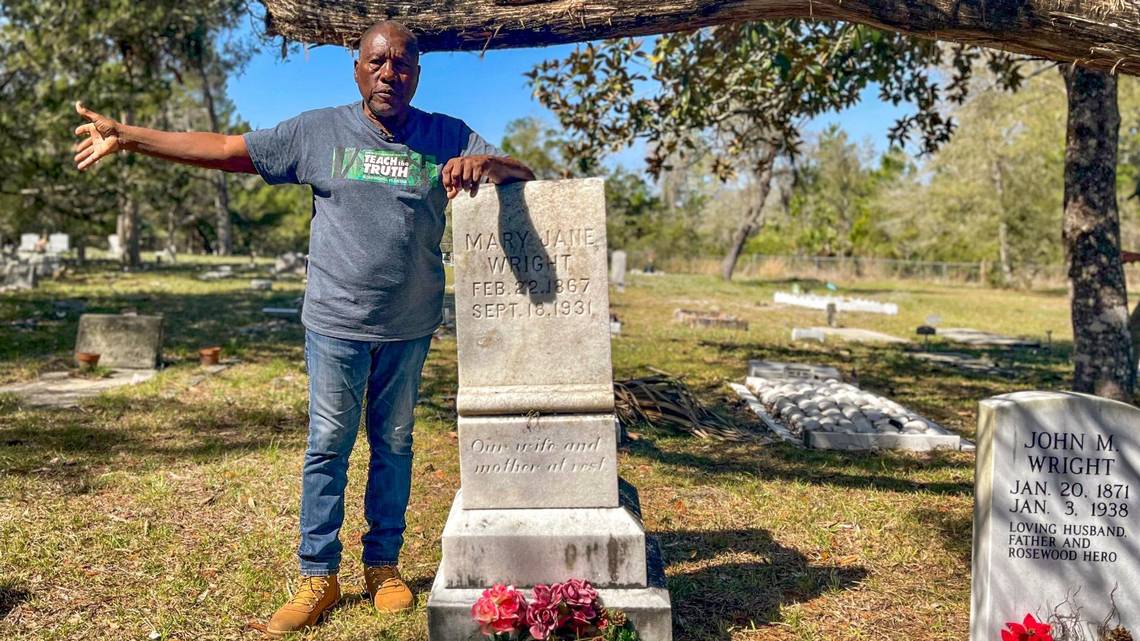Opinion
‘We need to hear it.’ This tour explores Florida’s horrific history of racial violence

Miami Herald sportswriters, with input from local coaches, select the Winter 2023 Miami-Dade and Broward All-County teams.
Hidden behind the trees that dot the 35-acre property sits the sprawling three-story Victorian home, its white facade and green accents dulled over the past century. The trail of clam shells leading to the front porch emits a stench that causes noses to crinkle and hands to cover faces. Over the past century, the home has witnessed the complete annihilation of a community that left at least six Black Floridians dead, one of the strongest hurricanes to make landfall in the United States and whatever else time has thrown its way.
Still, it stands. As does the history: Wright hid Black women and children inside the attic of this North Florida home when the bloodshed of the 1923 Rosewood Massacre began after a white woman falsely accused a Black man of beating her. Climb the winding, wooden staircase to the attic today and the emotions present more than a century ago are still very much palpable. Horror. Confusion. Anguish. Sorrow. Grief.
“When I got to the top of the stairs, I started crying,” Marvin Dunn, professor emeritus at Florida International University, said of his first visit to the home in January, explaining the rush of emotions. He couldn’t bear going inside again when he led a group of students there on a recent sunny Sunday afternoon in March. “In that small space, all these people suffering. They didn’t know if their relatives were alive or dead, where their families were. It had to be a frightening experience. And they could’ve been killed: They were killing everything Black.”
These experiences are at the heart of Dunn’s Teach the Truth tour, a two-day excursion where students and families travel to the locations of Florida’s most horrific sites of racial violence. In addition to Rosewood, the Miami Center for Racial Justice-sponsored tour made stops at the grave sites of Willie James Howard, a 15-year-old who was lynched in Live Oak, Florida, for sending a love note to a white girl in 1944; and Julius “July” Perry, who, after trying to vote, was among the at least 50 Black Floridians brutally murdered in what’s now known as the Ocoee Massacre. A previous tour in January stopped in Newberry, Florida, where a white mob hung six Black Floridians, one of whom was a pregnant woman, and Mims, Florida, where white supremacists bombed the home of Harry T. Moore and Harriette V.S. Moore on Christmas Day 1951, killing them

